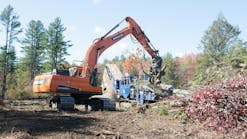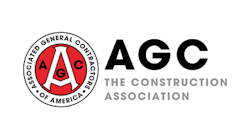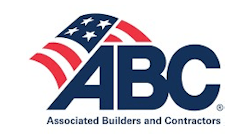When I began my military flying career in 1959, the Naval Aviation’s accident rate stood at 0.66 per 1,000 flight hours, which meant that the odds favored my turning my aircraft—and quite possibly myself—into a pile of rubble at 1,500 hours of flight time. Surprisingly, I and my contemporaries followed the lead of several prior generations of Naval Aviators and accepted this as the way things were and would continue to be.
Military flying, whether training for or engaging in actual combat, was risky business, we figured, which was why we got to sport slick sunglasses and little gold wings, and draw flight pay each month. But change was in the air and by the mid 1960s the rate had been cut by a factor of ten to 0.69 accidents per 10,000 hours.
Today Naval Aviation’s rate has stabilized at roughly 1.5 accidents per 100,000 flight hours, indicating that (1) safety is a process, (2) it can succeed, and (3) it can always improve. So let’s look at the process, how it unfolded, and what it means for construction.
The Safety Culture
It was around the time I checked in at NAS Pensacola for flight training that senior aviators began seriously to question the “we’ve been doing it like this for years” safety culture. Safety training, as I sensed it at the time, consisted of two distinct programs: (1) posters placed in high-traffic areas reminding us that we were responsible for our own safety, and (2) an obligatory review of at least one aircraft emergency procedure prior to flight. There were probably more facets to it, but if there was a comprehensive safety program at the time, I was not aware of it.
The first change in direction I can recall took place when I arrived at my first operational squadron in 1960, where the cultural aspect—that safety was a corporate effort based on the principle that leadership is the overall key to how a squadron operates—was preached by the commanding officer his senior staff. Those in command at every level were made to realize they are always being looked at and emulated … that a leader’s attitude and actions will ultimately decide the direction a squadron takes.
Because it operates in a high-risk environment, aviation relies on design and management to compensate for inevitable human shortcomings and cannot afford the mindset that accidents are inevitable, because it may lead to accepting unnecessary known and preventable risks. At the cutting-edge of debate then and now lay the question: How do you reconcile the need for an aggressive, can-do spirit with the wisdom to assess and contain the ethos in a rational risk/reward framework … the elusive concept of risk management?
One element of an organization’s risk management vision is the availability of outside “hazard identification” tools to assist leaders in reducing mishaps. In addition to its Safety Center and cadre of school-trained safety officers, Naval Aviation has programs at every level of command dedicated to uncovering hidden risks, developing means for reducing them, and then communicating their efforts swiftly, effectively, and repetitively.
My introduction to what grew to be the backbone of Naval Aviation’s safety program—its Naval Aviation Training and Operating Procedures Standardization (NATOPS)—came in 1961 with the arrival of a half-inch-thick book presenting and discussing how our aircraft, the Douglas A-4B Skyhawk, was to be operated … from soup to nuts. “What a crock,” I thought, suspecting that this assault on my individuality would soon pass and I could get back to having free-form fun.
But the suspicion was quickly squashed when the squadron commander explained in no uncertain terms that NATOPS was the Bible and that not only were we to follow it religiously, but we were to be uncompromising in our insistence that everyone in the squadron do so as well.
From that moment on, any violation of NATOPS was dealt with in a manner befitting the severity of the offense … happy-hour fines for minor infractions clear up to a pilot disposition board and the end of one’s flying career for serious ones.
Safety, Down and Dirty Hazard identification is one element of any good program, and we hope that Grading & Excavation Contractor can be of value in this regard, but if there’s one take-away from this, it is that the critical component in your organization’s safety program is you. You can preach safety until the cows come home, but if you are not practicing it, teaching it, demanding it, and busting your subordinates for violations, you’re asking luck to cash a check your bank account can’t cover.









